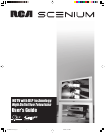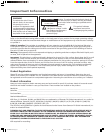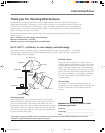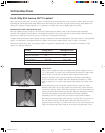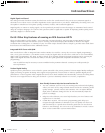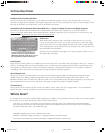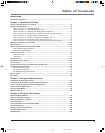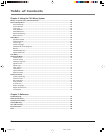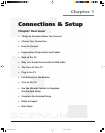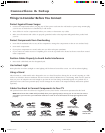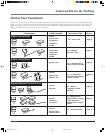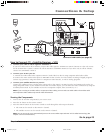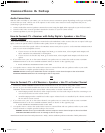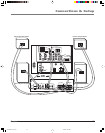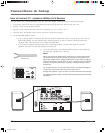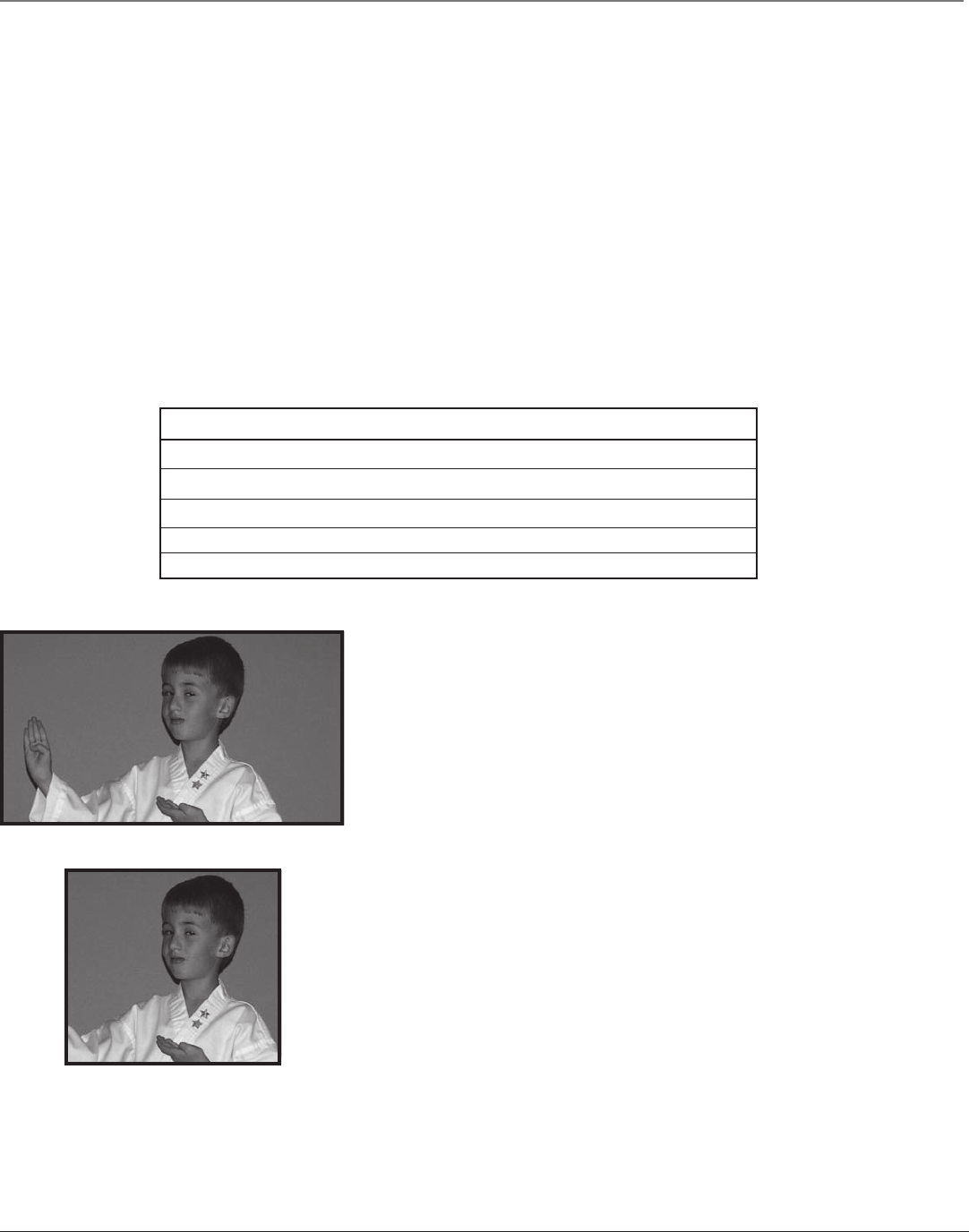
2
Introduction
Part 2: Why RCA Scenium DLP™ is better?
DLP™ is just part of the story. You have chosen to embark on the next generation of TV viewing— HDTV. There are many
technological advancements that make HDTV better than analog TV, but there are basically three things about HDTV that
bring you a superior viewing experience: (1) resolution, (2) aspect ratio, and (3) digital signal and sound.
Resolution (it’s math...that works for you)
The crisp, lifelike picture people rave about when experiencing true HDTV is due to the resolution this technology
provides. The resolution is measured by calculating the number of active lines of pixels. A pixel (which stands for picture
element) is a small dot. The picture you see on your TV is composed of these dots.
A regular, analog television (called analog) only has a resolution of about 200,000 pixels (480 vertical pixels x 440 horizontal
pixels = 211,200 pixels). The HDTV format is capable of more than 2 million pixels (1,920 x 1,080 = 2, 073,600).
More pixels equals more detail. In summary, HDTV is capable of resolution that is up to 10 times the resolution of the
picture on a regular, analog TV!
Aspect Ratio
Aspect ratio is simply the width and height of the picture. Regular TVs use a
4 x 3 (also written 4:3) aspect ratio, which means the picture is a little wider
than it is tall (a screen that is 20 inches wide is about 15 inches tall).
When the standards were being developed for television broadcasting in
1941 by the NTSC (the National Television Standards Committee), it made
sense to adopt the 4 x 3 aspect ratio that the film industry was using at that
time.
As TVs dropped in price and people prospered in the 1950s, the movie
industry had to find a way to get people out of their living rooms and back
to the movie theatres. That’s when they created the 16 x 9 (also written 16:9)
aspect ratio (also called widescreeen format). When the standards for HDTV
were being developed by the ATSC (Advanced Television Standards
Committee), the 16 x 9 aspect ratio was chosen as the format for HDTV.
This widescreen format makes sense because it’s much closer to the way we
see. Our field of vision is actually much wider than tall because of our
peripheral vision. Not only is it closer to the way we see, but the pictures are
crisper and cleaner with more detail in the close-up and panoramic views.
16:9 Aspect Ratio
4:3 Aspect Ratio
Format Analog (NTSC) HD Digital (ATSC)
Total Scan Lines 525 1125
Effective Scan Lines 480 1080
Aspect Ratio 4 : 3 16 : 9
Max Resolution 720 x 480 1920 x 1080
Sound 2-ch Stereo 5.1 ch Surround
1614682A.01_Intro_8.8 9/18/03, 5:26 PM2



